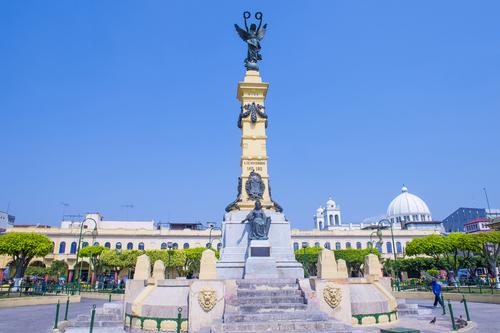EL SUNZAL, El Salvador—I’ve been mostly ignoring my phone for almost a week. I didn’t bother to upgrade my data and made sure to turn off news headlines notifications, but while weaving in and out of Wi-Fi, I’ve posted some impressive pictures from El Salvador. With breathtaking landscapes, picturesque architecture, and a robust and colorful art scene, this is a visual traveler’s dream.
When I finally check my messages, queries abound: “What’s in El Salvador?” I glance at the map spread out on the floor, a playful habit that makes me feel like an explorer of old, and admire the country’s long coastline and mountain-laden interior, mountains I could see from the capital city of San Salvador. I recall the archaeological ruins I visited and the warmth of the people. Spanish is the main language spoken, but many Salvadorans also speak English.





